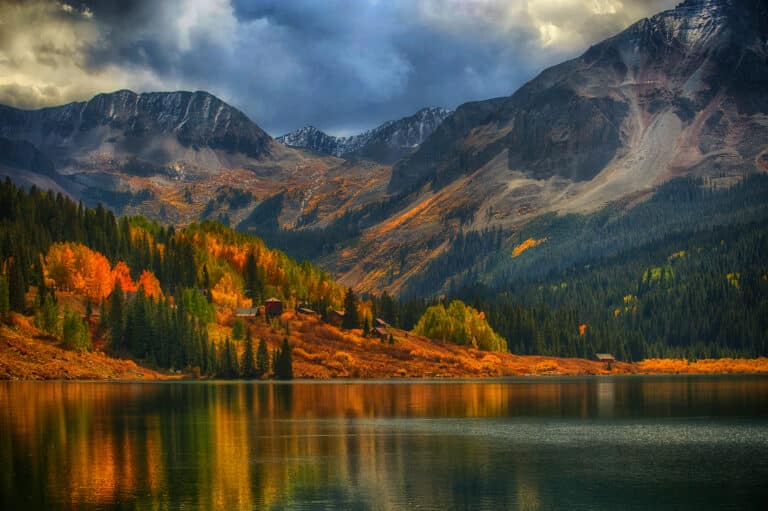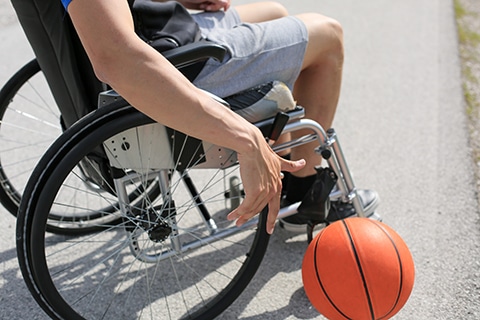We normally think of summer as camping season, but many camping enthusiasts realize that the cooler temperatures and breathtaking scenery of fall actually make it an ideal time for camping. However, the season also brings unique challenges that require some additional preparation. If you plan to hit the campgrounds, trails, or backcountry this autumn, let’s discuss what you need to know to camp safely and with maximum enjoyment.
Essential Equipment
A reliable tent with a rainfly is crucial for unexpected autumn showers (or even snow if you’re camping in the mountains). Opt for a four-season tent if you’re camping in an area where temperatures can drop significantly. A sleeping bag rated for colder weather and an insulated sleeping pad will keep you warm during chilly nights. You might also want to pack a portable stove and fuel as firewood might be damp. Don’t forget a reliable lantern or headlamp with extra batteries, as daylight hours are more limited in the fall.
Clothing for Fall Camping
Layering is key to staying safe and comfortable with changing and sometimes unpredictable weather conditions in the fall. Start with moisture-wicking base layers, add an insulating middle layer like fleece, and top it off with a waterproof and windproof outer shell. Wool socks and a warm hat are essential to prevent heat loss, and durable hiking boots will protect against uneven terrain.
Understanding Seasonal Risks
Weather Changes
Fall weather can be unpredictable. Monitor forecasts and be prepared for sudden temperature drops or storms. Always have a weather plan in place, including a safe retreat strategy if conditions worsen.
Wildlife
Autumn is a busy time for wildlife preparing for winter. Store food securely to avoid attracting animals, and be aware of your surroundings, especially in areas known for bears or other large wildlife. Also, be aware that fall is mating season for species like elk and moose, which means the males may be more aggressive. Enjoy wildlife spotting, but give these animals a wide berth.
Shorter Daylight Hours
Plan your activities with limited daylight in mind. Start hikes early and allocate extra time for setting up camp before the sun sets to avoid navigating in darkness.
A successful fall camping trip hinges on preparation and awareness of seasonal risks. But remember that you’re likely not the only ones taking advantage of the fall camping season. If negligence from another party results in an accident or injury during your trip, you may be entitled to compensation to cover the costs associated with recovery. Contact our experienced personal injury attorneys to discuss your case.








